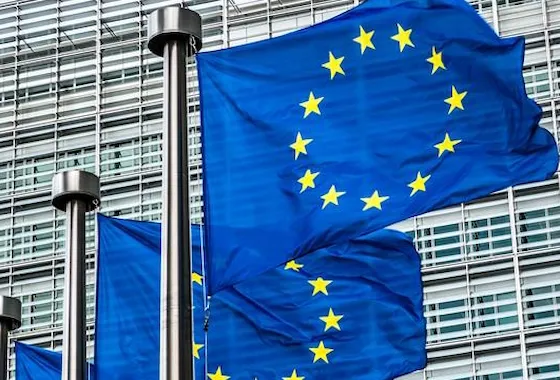The shift of trust from brands to products and how it impacts assurance
We have long talked about how stakeholders, and increasingly consumers, are demanding more sustainable operations and products from companies. Often such public demands have been targeting specific and in particular big brands. Consumer loyalty is often connected to these same big brands, and we, as consumers, have associated our identity with the brands whose products we purchase. This seems to be a thing of the past, offering new challenges, but when leveraging on new digital technologies poses great opportunities for brands able to make the transition.
The general tendency is a significant shift in consumer behavior toward brands. We see this in the market and recent market research: consumers are shifting their loyalty and trust from brands to products. Depending upon the strength of the brand, this shift could take place quickly or more slowly, but it seems inevitable, eventually.
In particular young people – the Millennials – seem to base purchase preferences already on what’s “inside” the product rather than the brand itself. Moreover, what they are looking for depends on a number of characteristics determined by who they are, not the product itself. For example, if you are French you may be looking for something different than if you are Italian, or Brazilian for that matter, even if all three are considering exactly the same product. The need to deliver on differentiated demands for a single product makes for a complexity that is extremely difficult to manage from a marketing perspective. The ability to do so and communicate through the product is becoming crucial to cater to consumers’ changing purchasing behaviors.
Hyperconnectivity is a key element influencing the need to communicate with consumers, as well as posing opportunities for brands to engage. Meaning “everything is talking”, it refers to the use of many systems and devices to always stay connected. We are all exposed and hyperconnectivity can enable people’s willingness to interact with the product itself. This is already happening for food products, perhaps even more in fashion, where consumers are increasingly willing to share feedback about a specific product or experience directly. Traditionally, this has not been managed by the brands behind a product or services but by someone else. Tripadvisor, for travels, hotels and restaurants, is one such example.
Is it possible to communicate directly with consumers through a product? Are there ways to share the product’s characteristics in a more emotional rather than technical way?
Traditionally, product characteristics, such as origin, quality, sustainability and so on, have been used to deliver products in a risk adverse, risk management perspective rather than a brand building perspective. To a certain degree, improving product characteristics has been about protecting the company from harm, positioning the products to protect against and respond to concerns from consumer associations, NGOs, regulators and so on. Actions taken are often at the corporate level and the proof of performance is often rather technical, company information such as annual reports, certificates or marks linking to a specific standard, often represented by an acronym and a few numbers. While useful to and trusted by peers and those who know the certification industry lingo, the meaning is limited for consumers. In a context where consumers are looking to the specific characteristics of the product, probably even less so.
When faced with a buying decision, for consumer-packaged goods in particular, most of us will not start research company-specific performance before deciding. At best, we may think of best practices or incidents picked up from newspapers or social media. Even if seriously trying to stay informed, it can be difficult to distinguish among serious brands and those claiming to be. One company may do little to operate sustainably, but claim to, taking a calculated risk that no-one will ever look behind the story. Others may do a lot, working seriously and investing in sustainable products and processes. Despite all this, one small incident may occur and the reputation gets tainted. Not that incidents shouldn't have consequences, but it creates an unbalanced situation enabled by the inaccessibility to dive into a transparent and true story of what is behind a product.
In DNV, we thought we could do something to help our customers tackle this challenge and to transition. When talking about the characteristics of the product – quality, sustainability, origin, provenance, food safety, ethical, carbon and water footprint, for example – we are already recognized as experts in the market, from an industry and assurance knowledge perspective. We know what is important for consumers. We are already working with existing customers to protect aspects of all those elements, and more.
Authored by Renato Grottola
1/10/2019 2:20:01 PM






